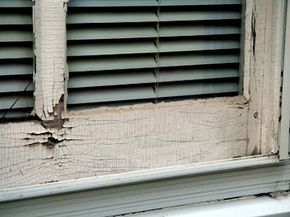A little dirt never hurt anyone, right? And just as an occasional double-bacon cheeseburger won't burst any buttons, standing by someone who sneezes without a covered mouth doesn't guarantee a cold. Humans are equipped with top-notch immune systems and metabolisms that leave room for a slipup here and there.
Not so when it comes to ingesting lead poison. That gray stuff we commonly associate with pencils and paint works a number on our bodies since it has no biological benefit. The Centers for Disease Control and Prevention (CDC) considers any amount of lead exposure to be harmful. The metal gets inside our bodies when we ingest or breathe it in. The toys covered in lead paint that were recalled back to China in 2007 posed a direct threat since children might chew on them, and thus, consume bits of the poisonous metal. If lead poisoning occurs, symptoms including high blood pressure, nervous system disorders, muscle pain and headaches may accompany it.
Advertisement
Even more disconcerting, the National Institutes of Health (NIH) estimates that one in 20 preschoolers has a high level of lead in their bloodstream [source: NIH]. The potential risk of lead poisoning is greater in children under six years old since it attacks the nervous system and can cause developmental delays and learning disabilities.
Given that the federal government outlawed the use of lead paint in housing in 1978, how can it still be a menace to our health? Just because the use of the paint was phased out doesn't mean it disappeared from inside those older homes. According to the Environmental Protection Agency (EPA), around 24 million houses in the United States still have relatively high levels of lead in them [source: EPA]. When lead paint begins to chip and flake off, it can release the toxin into the air and raise the possibility of accidental ingestion, especially for younger children. Parts of the home subject to higher wear and tear, such as door and window frames, stairs and banisters, are most susceptible to leeching lead [source: EPA]. In addition to its presence in lead-based paint, traces of lead may also be found in gasoline supplies and water transported through lead piping.
In light of the dangers associated with lead, a variety of test kits on the market are intended to assess whether the toxic metal is present in the home. But research has shown that it's wisest to leave lead testing to the professionals.
Advertisement




